There are dozens of stunning, far-flung islands on our world, and many of these alluring locales are perfect places to go on vacation. For someone who has had a long, difficult year, the ultimate escape—visiting or even living on a distant island—can be precisely what the doctor ordered.
If you're planning to travel off the main grid, these magnificent islands will give you the motivation you need to start packing.
Easter Island
Rapa Nui, popularly known as Easter Island, is as remote as it gets from the rest of the globe. It is located about 2,300 miles off the coast of Chile, making it "the most isolated inhabited island on the earth," according to UNESCO.
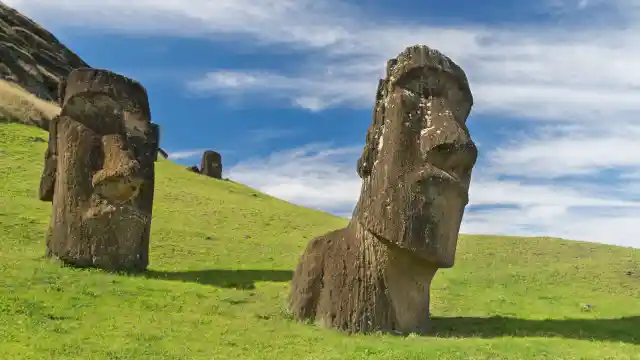

There are presently just around 3,000 people who still have the Rapa Nui bloodline, despite the fact that the island's Indigenous population significantly declined following colonization due to their commitment to preserving their unique cultural traditions. Visitors can fly directly there or visit the island on a variety of cruise ship itineraries.
Faroe Islands
The Faroe Islands are located in the North Atlantic Ocean, directly between Iceland and the Shetland Islands. This collection of 18 volcanic isles, 17 of which are inhabited, has a number of breathtaking geographical characteristics in common with its nearby islands.
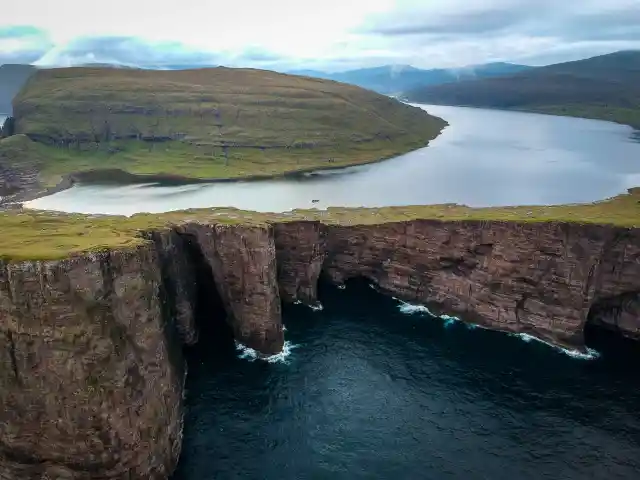
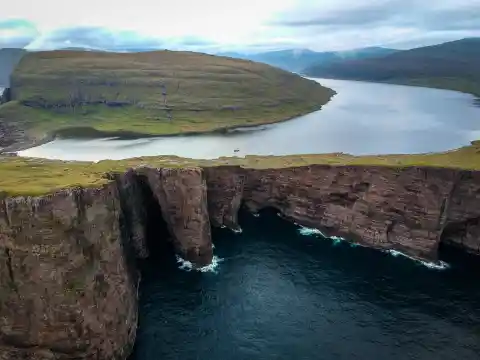
The Faroe Islands may remind you of other parts of Northern Europe, yet they are unlike anything else you have ever seen. They have everything from towering cliffs and rugged terrain to gorgeous waterfalls and tranquil seaside communities. You won't have to worry about battling crowds here because the population is just approximately 50,000.
Fernando de Noronha, Brazil
The Fernando de Noronha archipelago is one of Brazil's most amazing natural wonders, although most visitors to the country flock to Rio de Janeiro or So Paulo instead.
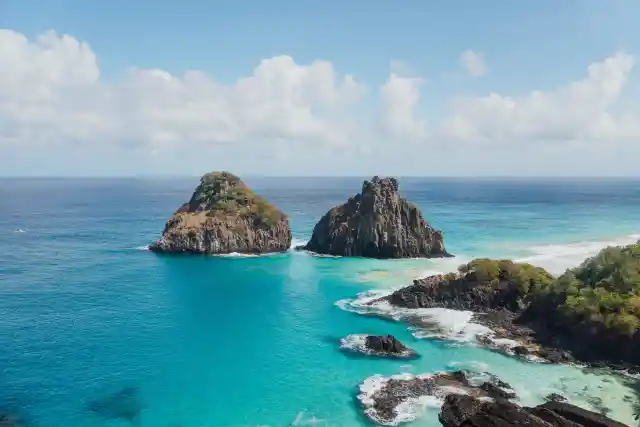

Located 220 miles off the coast of Brazil in the Atlantic Ocean, the group of 21 volcanic islands—which is a UNESCO World Heritage Site—is known for its stunning beaches, towering volcanic peaks, and thriving ecosystems of both land and marine life.
Flores Island, Azores, Portugal
Flores is the westernmost point of both the magnificent Azores Archipelago and the European continent. It gets its name, which means "flowers," from the abundance of wildflowers, especially hydrangeas.
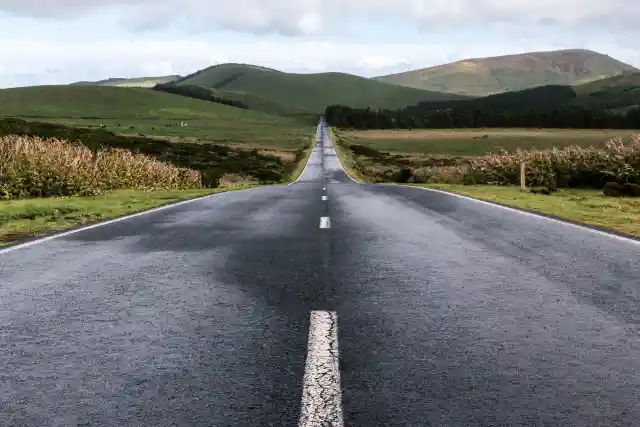
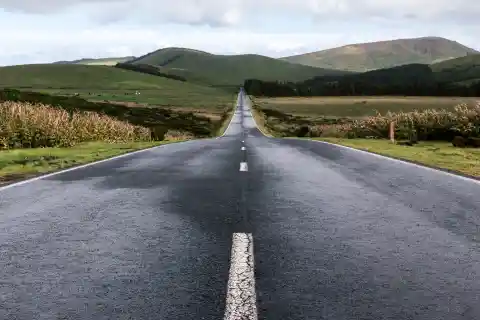
Also, it is well known for its serene lagoons, cliffs shaped by grottoes, hot springs, and volcanic ruins.
Koh Yao Yai, Thailand
Between Krabi and Phuket in the stunning Phang Nga Bay in the Andaman Sea, lies Koh Yao Yai (South Island), the larger sister of Koh Yao Noi (North Island).
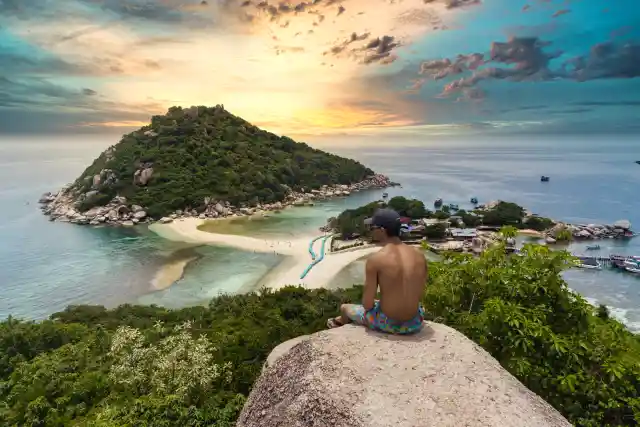

It is the perfect location to enjoy a more authentic and rural Thai island vibe because it is considerably less developed than touristic Phuket. It's a great area to visit if you prefer relaxing to the extreme partying seen on Phuket or Koh Phi Phi.
Lofoten Islands, Norway
The Lofoten Islands, one of Norway's most isolated regions, is also among the planet's most breathtaking locations. The Lofoten Islands have rough beaches and lofty mountain peaks that are home to various birdwatching colonies and traditional fishing settlements, making them a haven for landscape photographers and astrophotographers as well as an adventure for hikers and bikers.
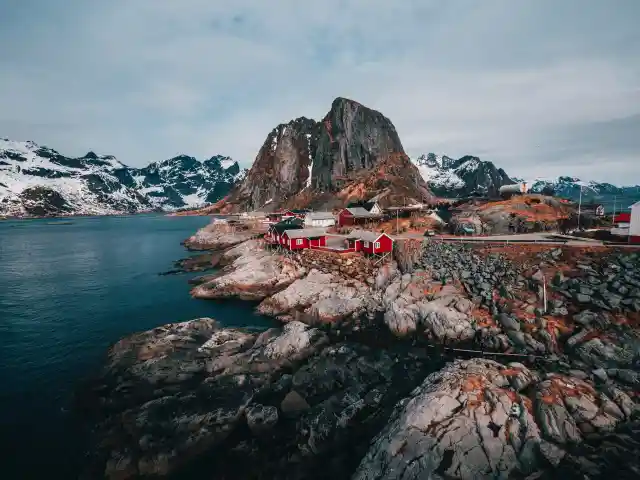
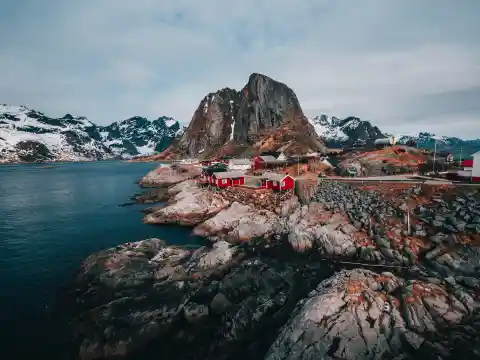
The weather in the Lofoten islands is pleasant all year. Summers are hot and winters are moderate in the fjord land.
Lord Howe Island, Australia
Lord Howe Island, an isolated volcanic remnant approximately 370 miles off the coast of New South Wales, Australia, is all about nature. In order to preserve the Lord Howe Island Marine Park, a stunning diving location, only 400 tourists are permitted to be on the island at any given time.
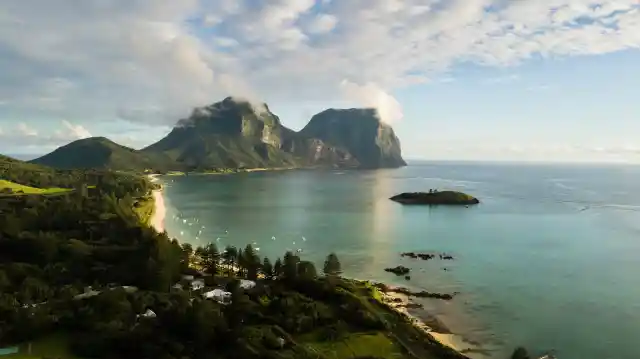
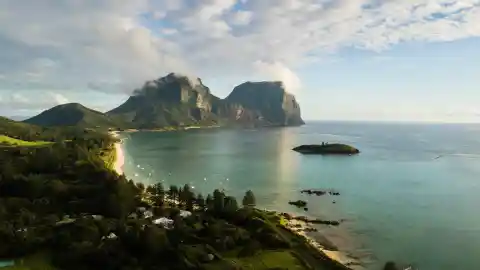
Don't forget to take a trip to Ball's Pyramid while you're there; at 1,844 feet tall, this towering spit of land is the highest sea stack in the whole world.
Macquarie Island
This Australian subantarctic island is located over 1,000 miles to the south-east of Tasmania. Due to its distinctive geology, Macquarie was designated a UNESCO World Heritage Site. This is the only location on Earth where rocks from the planet's mantle are visible above sea level.
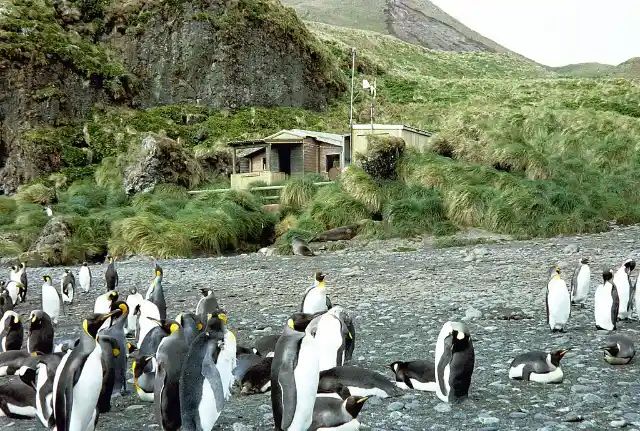
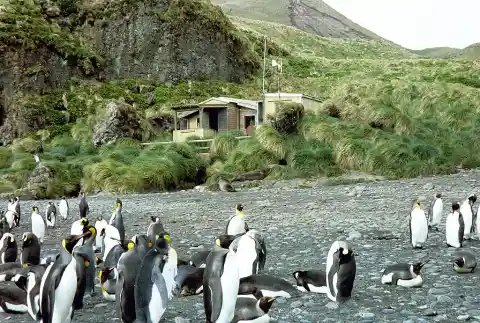
The opportunity to view the massive penguin rookeries, where tens of thousands of royal, king, southern rockhopper, and gentoo penguins congregate, is the major incentive to land, though. Elephant seals, fur seals, southern right whales, and orcas are among the species that you can view.
Pitcairn Island, British Overseas Territory
Pitcairn Island, which has a population of little more than 50 and lies 3,240 miles (5,215 km) from the coast of New Zealand, is the most isolated island in the world. The descendants of sailors from the HMS Bounty, a Royal Navy ship that experienced a mutiny in 1789, still live on the island.

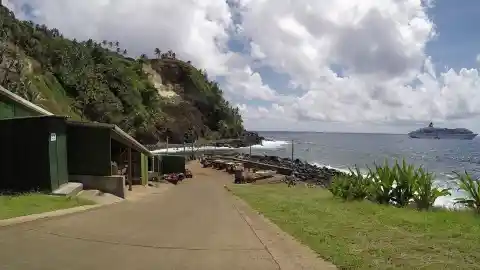
These islands support marine fauna in a very pristine form, including entire deep-sea ecosystems with many species that are unknown to science, due to their isolation and low human population.
Skellig Islands, Ireland
These two deserted islands are located in the Atlantic Ocean, 12 kilometers (eight miles) off the County Kerry coast in southwest Ireland. Skellig Michael, which has impressive pinnacles and otherworldly landscapes, may be reached by boat, while Little Skellig is home to the largest gannet colony in the nation.
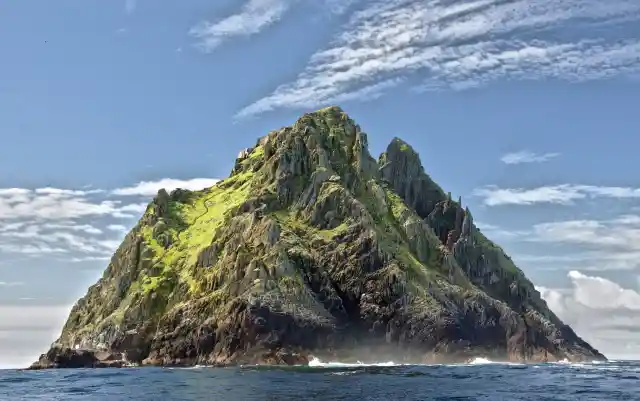
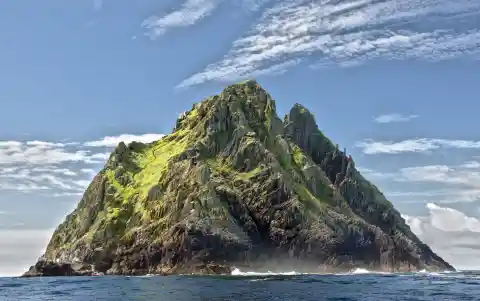
A UNESCO World Heritage Site, a sixth-century monastery enclave atop Skellig Michael's rocky peak is accessible by ascending an ancient stairway of more than 500 steps. You will be rewarded at the top with breathtaking vistas, unusual stone houses in the shape of beehives that were once the residences of the island's monks, oratories, stone crosses, and the Church of St. Michael.